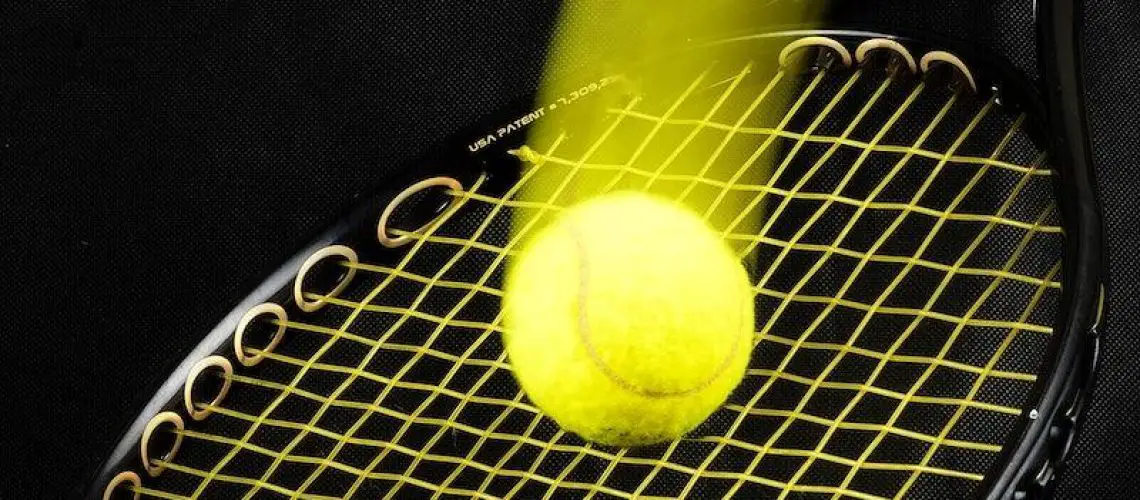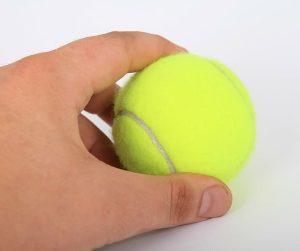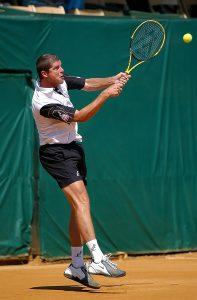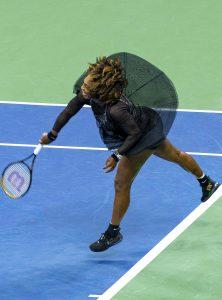We may earn money or products from the companies mentioned in this post.
Introduction

Tennis is a sport loved by millions around the world Whether you’re a professional player or just enjoy hitting the ball with friends, one thing remains constant – the importance of proper tennis racket storage Taking care of your racket can significantly impact its lifespan and performance on the court In this article, we will explore the factors that affect the lifespan of a tennis racket and provide valuable insights on how to store it correctly
The Importance of Proper Tennis Racket Storage
Imagine investing in a high-quality tennis racket only to see its performance deteriorate over time due to improper storage It’s like buying a sports car and leaving it out in the rain without any cover! Proper tennis racket storage is crucial for maintaining its integrity and maximizing its lifespan
When not in use, rackets should be stored in a cool and dry place to prevent warping, cracking, or other forms of damage Exposing your racket to extreme temperatures or moisture can weaken its frame and affect its playability
Additionally, storing your racket properly helps protect it from accidental bumps and scratches, ensuring that it remains in optimal condition for longer periods By implementing simple storage practices, you can extend the life of your tennis racket and save yourself from unnecessary expenses
Factors Affecting the Lifespan of a Tennis Racket
The longevity of a tennis racket depends on various factors that can influence its durability and performance:
-
Maintenance:
Regular maintenance plays an essential role in preserving your racket’s lifespan This includes keeping it clean by removing dirt and debris after each use and inspecting it for any signs of wear or damage -
Frequency of Use:
The more frequently you use your racket, the more wear and tear it will experience Consider rotating between multiple rackets if you play often to distribute the workload and prolong their lifespan -
Playing Surface:
The type of court surface you play on can impact your racket’s longevity Hard courts, for example, can be more punishing on rackets compared to clay or grass courts Adjusting your playing style accordingly can help reduce stress on your racket -
String Tension:
The tension of your racket strings affects both performance and durability Higher string tensions provide better control but may put additional strain on the frame It’s essential to find a balance that suits your playing style while considering the potential impact on the racket’s lifespan -
Storage Conditions:
As mentioned earlier, storing your tennis racket correctly is vital for its longevity Exposure to extreme temperatures, humidity, or direct sunlight can cause damage over time
Goal of the Article
The goal of this article is to educate tennis enthusiasts about the importance of proper tennis racket storage and highlight various factors that can affect its lifespan By understanding these factors and implementing appropriate storage practices, readers will be able to extend the life of their rackets and enjoy optimal performance on the court for longer periods
Cleaning your tennis racket

Before you store your tennis racket, it’s crucial to give it a thorough cleaning This not only helps maintain its performance but also extends its lifespan Imagine going back to the court after a few months and finding your racket covered in dirt and grime – not an ideal situation! So let’s dive into the steps for cleaning your tennis racket properly
Why cleaning is crucial before storage
Cleaning your tennis racket before storage is important because it helps remove any dirt, sweat, or debris that may have accumulated during gameplay These elements can corrode the strings, grip, and frame over time if left unattended By giving it a good clean, you’re ensuring that your racket remains in optimal condition for future matches
Steps to clean a tennis racket properly
To clean your tennis racket effectively, start by removing any excess dirt or debris with a soft-bristled brush or cloth Next, dampen another cloth with warm water and mild soap or detergent Gently wipe down the frame and strings using this cloth Avoid submerging the racket in water as excessive moisture can damage it
For stubborn stains on the grip or frame, you can use a toothbrush dipped in soapy water to scrub them away Be careful not to apply too much pressure or use abrasive materials that could scratch the surface Once you’ve cleaned all parts of the racket thoroughly, wipe off any remaining soap residue with a clean damp cloth
Materials needed for cleaning
You don’t need anything fancy to clean your tennis racket – just a few simple materials:
- A soft-bristled brush or cloth
- A clean damp cloth
- Mild soap or detergent
- A toothbrush (optional for stubborn stains)
Inspecting your tennis racket for damage

Just like any other equipment, tennis rackets are prone to wear and tear over time Regular inspections are essential to identify signs of damage and take necessary action Let’s explore how you can inspect your racket for potential issues
Identifying common signs of wear and tear
During your inspection, keep an eye out for the following common signs of wear and tear:
- Cracked or chipped frame
- Frayed or loose strings
- Deterioration of grip material
- Loose or damaged grommets
If you notice any of these issues, it may be time to consider either repairing or replacing your tennis racket
Deciding when it’s time for replacement or repair
The decision to replace or repair your tennis racket depends on the extent of the damage Minor issues like loose strings can often be fixed by restringing, while more severe damage to the frame may require a replacement If you’re unsure about what course of action to take, consult with a professional stringer or a knowledgeable tennis shop staff member who can provide guidance based on their expertise
Ensuring proper string tension

The tension of your tennis racket strings plays a vital role in both performance and durability It’s important to maintain ideal string tension levels for optimal gameplay Let’s delve into why improper string tension can have negative effects and how you can ensure it stays just right
Choosing the Right Storage Solution

When it comes to storing your tennis rackets, finding the right storage solution is essential to keep them safe and in optimal condition Tennis racket cases and bags are popular options that provide protection and convenience Let’s explore the different types of cases and bags available in the market
Tennis Racket Cases and Bags
-
Racket Covers:
These are simple covers designed to protect your racket during transportation They are lightweight and often come with a zipper or Velcro closure for easy access -
Backpacks:
Backpack-style bags offer a convenient way to carry your rackets along with other tennis gear They typically have multiple compartments for rackets, balls, shoes, and other accessories -
Shoulder Bags:
If you prefer a more compact option, shoulder bags provide a stylish solution They have enough space for one or two rackets, along with smaller pockets for essentials like keys or wallets -
Tote Bags:
Tote bags are versatile options that can be used both on and off the court They offer ample storage space for multiple rackets as well as room for personal items like towels or water bottles
Now that we know the different types of cases and bags available, let’s consider some important factors when choosing the right one for you
Factors to Consider When Choosing a Case or Bag
-
Material Quality and Durability:
Look for cases or bags made from sturdy materials such as nylon or polyester Ensure they can withstand wear and tear during regular use -
Size and Capacity:
Consider the number of rackets you need to carry and choose a case or bag that can accommodate them comfortably Additionally, think about whether you want extra space for other tennis essentials -
Ventilation Features:
Proper ventilation is crucial to prevent moisture build-up, which can damage your rackets Look for cases or bags with breathable materials or mesh panels -
Extra Compartments for Accessories:
Having additional compartments for items like balls, grips, or strings can help keep your gear organized and easily accessible
While finding the right case or bag is important, creating an ideal storage environment at home also plays a vital role in maintaining your racket’s condition
Temperature-Controlled Environments
Rackets are sensitive to temperature fluctuations, so it’s crucial to store them in an environment with controlled temperatures Here’s why temperature matters when storing rackets:
-
Preserving String Tension:
Extreme heat or cold can cause string tension to fluctuate, affecting your racket’s performance on the court Storing them in a stable temperature helps maintain consistent tension levels -
Avoiding Warping and Cracking:
Racket frames are vulnerable to warping and cracking under extreme temperatures By storing them within an optimal range, you minimize the risk of structural damage
The ideal temperature range for long-term storage of tennis rackets is between 50°F (10°C) and 70°F (21°C). Anything below or above this range may impact their durability and performance
To create an ideal environment at home for storing your rackets:
-
Avoid Direct Sunlight:
Exposure to direct sunlight can cause heat buildup and damage your racket Store them away from windows or invest in UV-resistant covers -
Control Humidity:
High humidity levels can lead to moisture absorption, potentially warping the racket frame Use dehumidifiers or place silica gel packets in your storage area to keep the humidity in check -
Avoid Extreme Cold or Heat:
Avoid storing rackets in places prone to extreme temperature changes, such as garages or attics Opt for a climate-controlled room if possible
By considering these tips and investing in the right storage solution, you can ensure that your tennis rackets stay protected and ready for action whenever you hit the court!
Preserving Your Tennis Racket During Long Periods Without Use
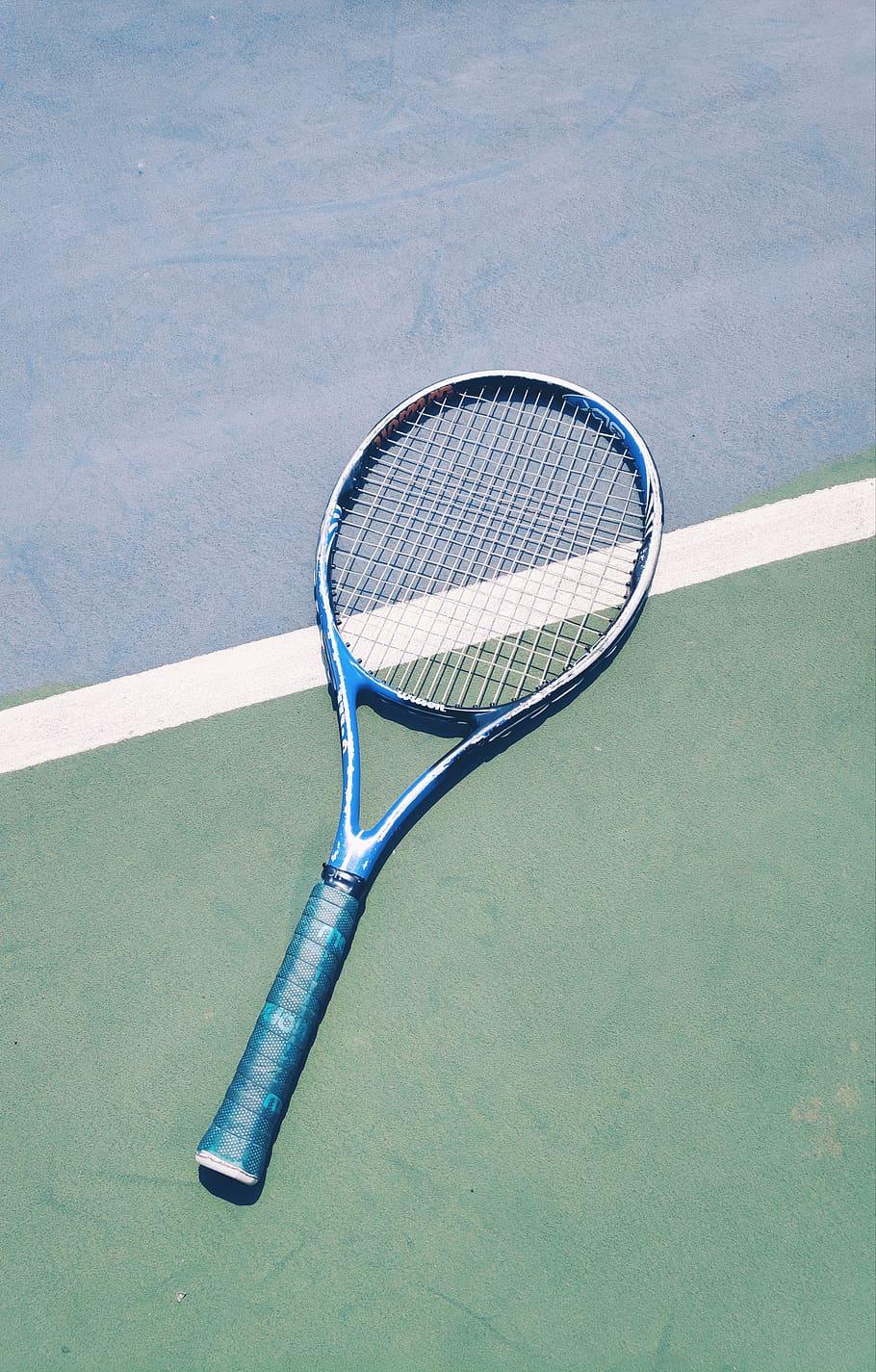
Protecting Against Moisture
When it comes to storing your tennis racket for extended periods, keeping it dry is crucial Moisture can lead to damage such as warping, rusting, or the growth of mold and mildew To prevent these issues, take proactive steps to keep your rackets dry
-
Importance of Keeping Rackets Dry During Storage:
Moisture can compromise the integrity and performance of your racket, affecting your game when you finally pick it up again Don’t let moisture dampen your enthusiasm! -
Common Sources of Moisture in Storage Areas:
Storage areas, especially those without proper ventilation, are prone to moisture buildup Basements, garages, or humid climates can contribute to this problem -
Solutions to Prevent Moisture-Related Damage:
There are several effective ways to protect your racket from moisture during storage: - a) Using desiccant packs: These small pouches contain moisture-absorbing materials that help keep the surrounding area dry
- b) Regularly checking stored rackets for condensation: Take a few moments every now and then to inspect your stored rackets for signs of condensation or dampness
- c) Proper ventilation in storage spaces: Ensure there is adequate airflow in the storage area by opening windows or using fans This will help prevent excess humidity from accumulating
Safeguarding Against Potential Physical Damage
In addition to protecting against moisture, safeguarding your racket from potential physical damage is equally important Here are some tips to ensure your racket remains in top condition while not in use
-
Storing Rackets Away From Harmful Objects or Substances:
Avoid storing your racket near sharp objects, chemicals, or anything that could potentially scratch or damage the frame or strings -
Properly Positioning Your Racket Within Its Case or Bag:
When placing your racket inside its case or bag, make sure it is secure and positioned in a way that minimizes the risk of any unnecessary pressure on the frame or strings -
Regular Inspection and Maintenance During Long-Term Storage:
Even when your racket is not in use, periodically inspect it for any signs of wear, loose strings, or other issues This will allow you to address any potential problems before they worsen over time
Avoiding Prolonged Exposure to Sunlight
Sunlight may seem harmless, but prolonged exposure can have detrimental effects on your tennis racket Protect it from sunlight damage with these helpful tips
-
Effects of UV Radiation on Tennis Rackets:
Ultraviolet (UV) radiation can cause the materials of your racket to deteriorate over time It can weaken the frame and fade the color of the grip -
Tips for Protecting Rackets from Sunlight Damage:
- a) Store rackets away from direct sunlight: Find a storage spot away from windows or any areas exposed to direct sunlight
- b) Use a protective cover: Invest in a cover specifically designed to shield your racket from harmful UV rays when storing it
- c) Apply sunscreen: Just as you protect your skin from the sun, consider applying a thin layer of sunscreen to your racket’s frame to add an extra layer of protection against UV radiation
Conclusion
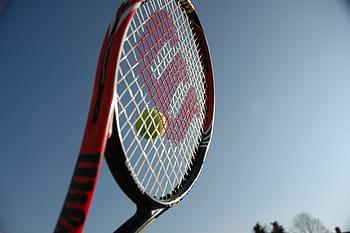
As we wrap up, let’s take a moment to summarize the key points we’ve covered in this article
Summary of key points
We discussed the importance of investing time and effort in proper tennis racket storage By following a few simple tips, such as keeping your racket away from extreme temperatures and humidity, using a protective cover, and maintaining proper tension in the strings, you can significantly extend the lifespan of your racket and improve its performance on the court
Importance of investing time and effort in proper tennis racket storage
Tennis rackets are not cheap investments They are essential tools for any player and can greatly impact their game By taking good care of your racket through proper storage techniques, you ensure that it remains in optimal condition for longer periods This means you won’t have to replace it as frequently, saving you money in the long run
In addition to financial benefits, storing your racket correctly also helps maintain its performance capabilities A well-preserved racket will provide better control, accuracy, and power during your matches or practice sessions So by investing some time and effort into proper storage practices, you’re essentially investing in your own game improvement
Encouragement to apply the tips provided
Now that you have learned about the various techniques for storing tennis rackets properly, it’s time to put them into action! Don’t just read these tips; apply them consistently to ensure maximum benefit
Remember to always use a protective cover when transporting or storing your racket, avoid exposing it to extreme temperatures or humidity levels, regularly check the string tension and grip condition, and clean it after each use with appropriate cleaning products
By incorporating these practices into your routine, you’ll not only prolong the lifespan of your racket but also enhance your overall performance on the court So, go ahead and take care of your tennis racket like a pro!
Useful Links

Tips to Maintain your Tennis Racquets
How to Store Tennis Equipment
Tennis Racket Storage Racks Wall Hung Racquet Shelves
WILL LEAVING YOUR TENNIS RACKET STRUNG FOR A …
How should I store my tennis racket?
Racket Rack/Storage
RacquetGuys: Tennis Racquets, Squash, Badminton, Pickleball
Tennis Rackets
Tennis Racquets : Tennis Equipment & Gear
The Racket Doctor | The Global Racquet Sports Store …
Tennis Plaza | Tennis Racquets, Shoes, Apparel & more
Tennis Rackets for Adults, Juniors, & Kids
Tennis Racquets in Tennis & Racquets(1000+)
Tennis Racquet & Pickleball Paddle Trade-In Program
Avanti Sports Seattle – Professional Racquet Equipment …
How to String a Tennis Racquet: 13 Steps (with Pictures)
Tennis Racquets

